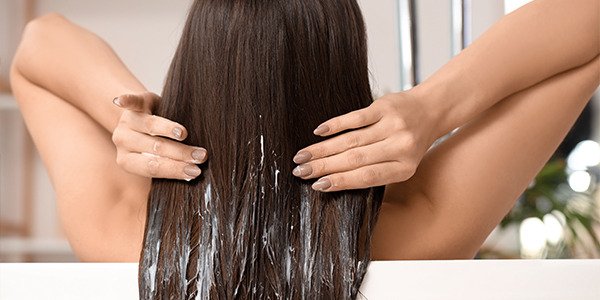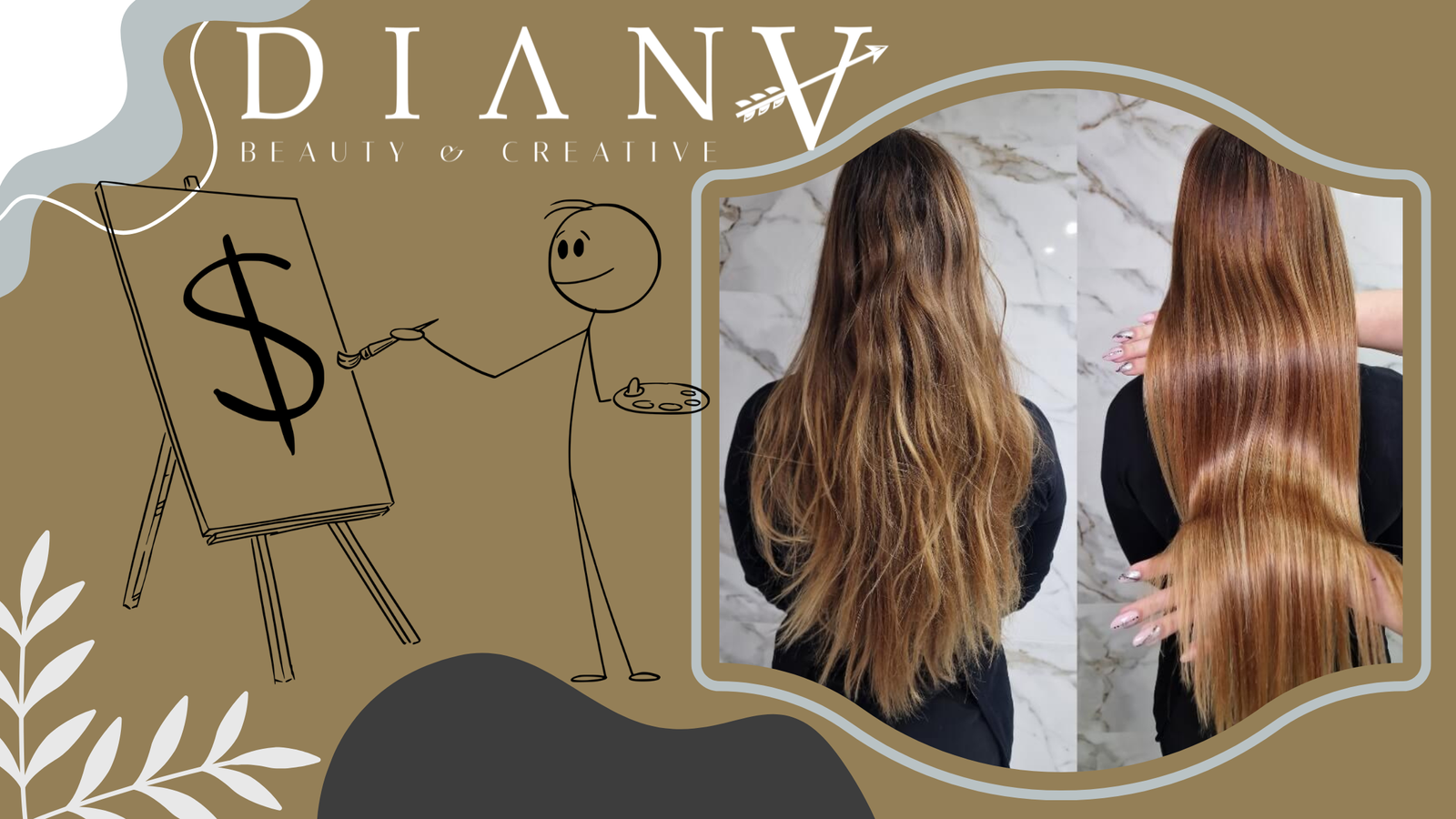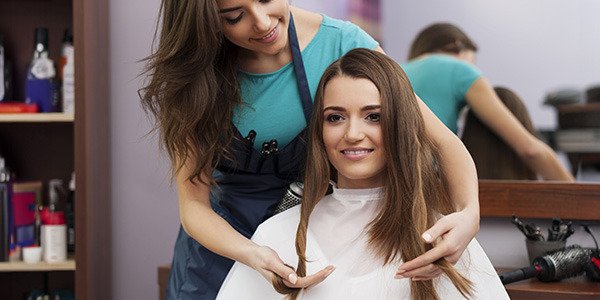
Emollients, Humectants, or Proteins? – Everything You Need to Know About Hair Conditioners
Types of Conditioners
Hair conditioners, as the name suggests, provide nutrients and support hair care. Every day, our hair is exposed to numerous damaging factors – from harsh weather conditions to mechanical damage. That's why it’s essential to provide proper support.
When browsing the shelves, you might come across unusual words on cosmetic packaging. Humectants? Emollients? These terms often appear on hair conditioner labels. What do they mean?
Hair conditioners can be divided into three main types: emollient, protein, and humectant. Here's how they differ:
- Protein conditioners are rich in proteins, as their name implies. They are intended for damaged, dry, brittle hair in need of intensive repair. Proteins penetrate the hair structure and support its regeneration.
- Emollient conditioners primarily strengthen and protect the hair. They create a delicate protective layer on the hair shaft, preventing damage and moisture loss. People with dry hair prone to excessive water loss should opt for emollients.
- Humectant conditioners offer intensive hydration. Humectants have a high capacity to absorb water, helping to protect the hair from losing moisture.
Which Conditioner Should You Choose?
The truth is, our hair needs all these components to stay healthy and nourished. The PEH balance (Protein-Emollient-Humectant) is the cornerstone of conscious hair care. The key to success lies in observing how your hair reacts to specific ingredients and selecting products accordingly. Here’s a quick guide to help you choose the right conditioner:
-
Proteins:
- Deficiency: dull, lifeless hair
- Excess: frizzy and tangled hair
-
Emollients:
- Deficiency: dry, straw-like, and rough hair
- Excess: flat, heavy hair
-
Humectants:
- Deficiency: dull, lifeless hair
- Excess: frizzy, matted hair
How to Apply Conditioner Correctly?
For many, this may seem obvious, but applying conditioner incorrectly is surprisingly common!
Conditioners should be an essential part of every hair wash. After rinsing out the shampoo, remove excess water and massage the conditioner into damp hair. The key word here is hair.
Apply the conditioner only to the hair strands, avoiding the scalp. Some manufacturers even recommend applying it starting from the mid-lengths. Why? Because conditioners are designed for hair, not the scalp. Even the best conditioners can irritate the scalp and cause hair loss – something no one wants.

















